Acrylic Painting on Canvas Team Bonding Art Jamming Singapore Visual Arts Centre
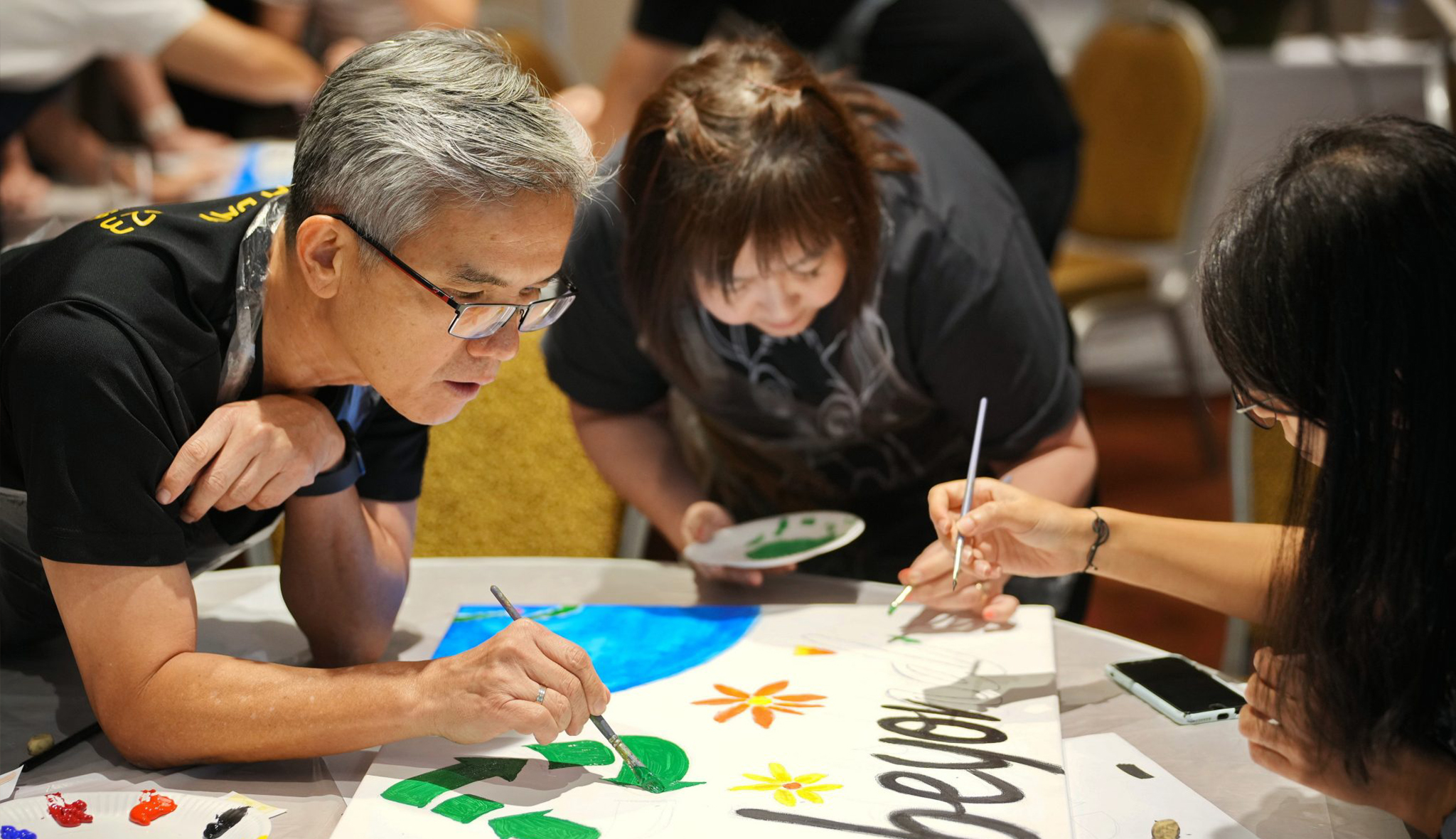
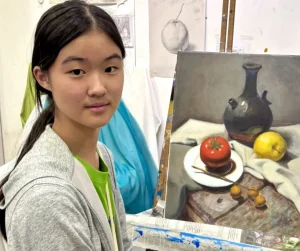






















Yeo Hoe Koon
Oil on Canvas
64 x 89.5 cm
Price Range: $16,000 - $20,000

Yeo Hoe Koon
Oil on Canvas
101 x 123 cm
Price Range: $26,000 - $32,000
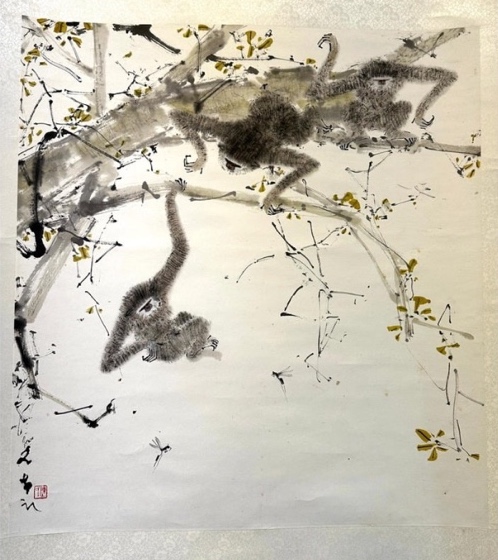
Chen Wen Hsi
Chinese Ink and Color on Paper
50 x 54cm
Price Range: SGD $42,000 - $50,000
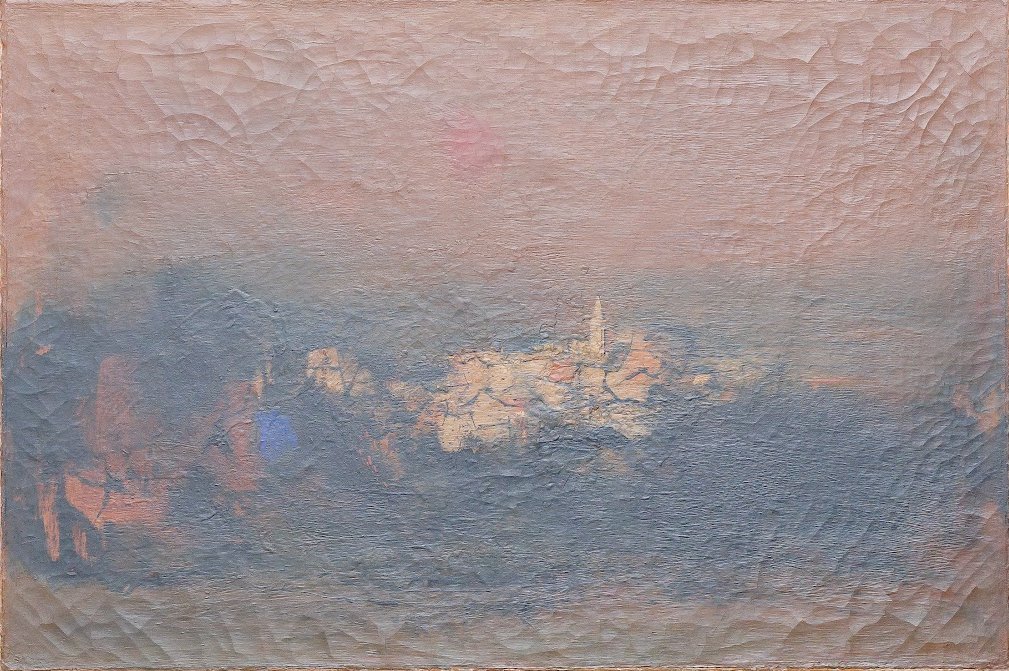
Cheong Soo Pieng
Red Tone
61 x 91.5cm
Price Range: SGD $108,000 - $138,000
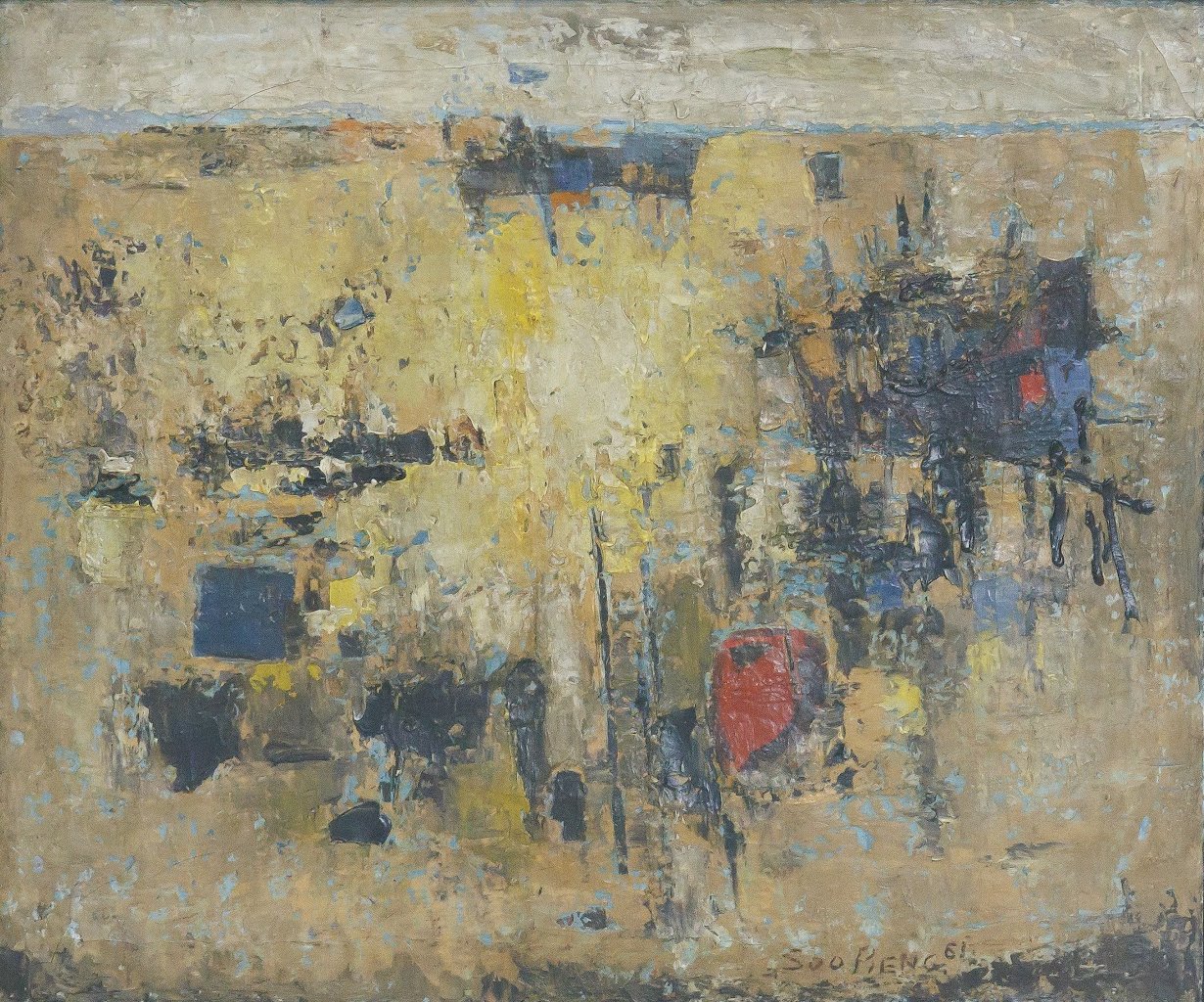
Cheong Soo Pieng
Abstract Landscape
50 x 61cm
Price Range: SGD $95,000 -$128,000
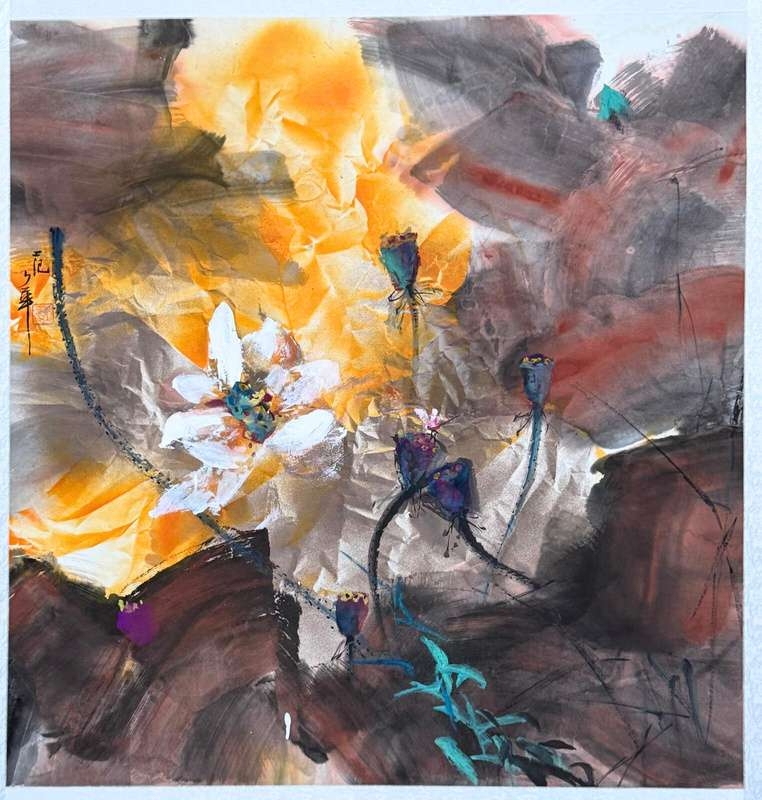
Fan Shao Hua
Chinese Ink and Colour on Paper
100 x 100cm
Price Range: SGD $9,800 - $14,800
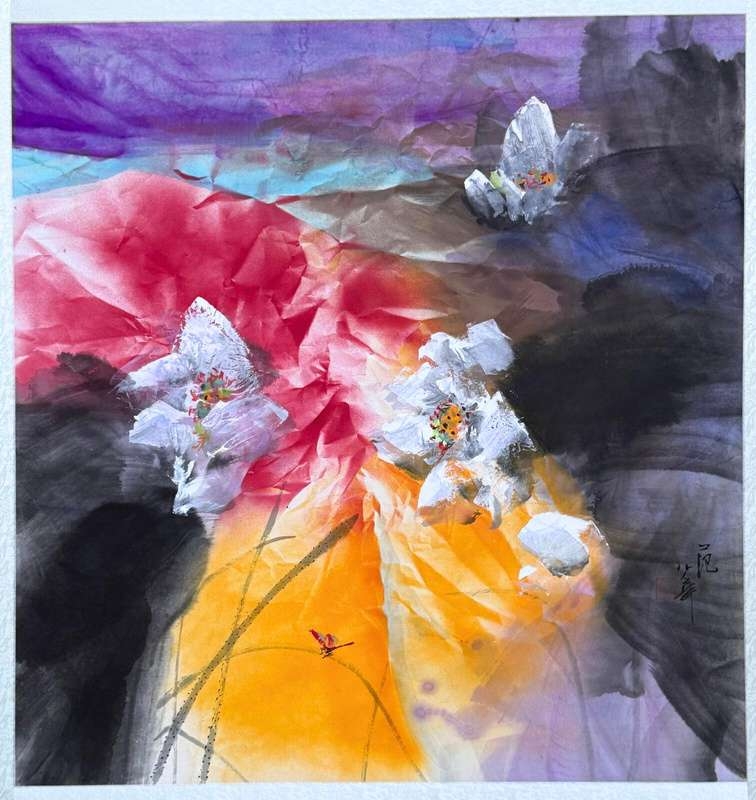
Fan Shao Hua
Chinese Ink and Colour on Paper
100 x 100cm
Price Range: SGD $8,800 - $13,800

邹璐(右三)与新加坡美术总会部分执委合影。左起陈亮、任玉兰、梁振康、何家良、杨昔银、麦毓权。
即将出版的《金禧缤纷——新加坡50位知名艺术家访谈录》,是新加坡美术总会的一项“大工程”,由新移民写作人邹璐,对选定的50位名家进行深度采访,梳理他们所走过的艺术之路。
方石煜/文·图(特约
即将出版的《金禧缤纷——新加坡50位知名艺术家访谈录》,是新加坡美术总会的一项“大工程”,也是该会为庆祝新加坡建国50金禧之年的“系列工程”之一,从去年5月开始,历时整整一年才完工。
日期:2016年6月5日
时间:下午3时30分
地点:视觉艺术中心 (多美哥地铁站上方)
10, Penang Road #01-02 Dhoby Ghuat Green Singapore 238469
报名电话:65366858
报名邮址:ahcsg@yahoo.com.sg
Click and get to our WhatsApp
Embark on a captivating journey into the vibrant world of digital art! Our Foundation in Digital Art workshop invites budding creatives aged nine and above to unleash their imagination and hone their artistic skills in a dynamic, supportive environment. From mastering basic digital tools to crafting mesmerizing digital masterpieces, children will explore a spectrum of techniques guided by seasoned mentors. Through hands-on activities and interactive sessions, participants will discover the endless possibilities of digital expression while fostering creativity and critical thinking. Join us for an exhilarating adventure where young artists transform ideas into stunning visual realities, igniting a passion for digital art
In the Batik Introduction Handkerchief Painting workshop, participants will learn the traditional art of batik, a wax-resist dyeing technique originating from Indonesia. The workshop begins with a brief history and overview of batik, highlighting its cultural significance and various techniques. Participants will then observe a demonstration of applying wax with tjanting tools and dyeing the fabric. Following the demonstration, each participant will design and create their own batik handkerchief, applying wax to create patterns and then dyeing their fabric. The workshop concludes with a group discussion, allowing participants to share their creations and reflect on their learning experience.